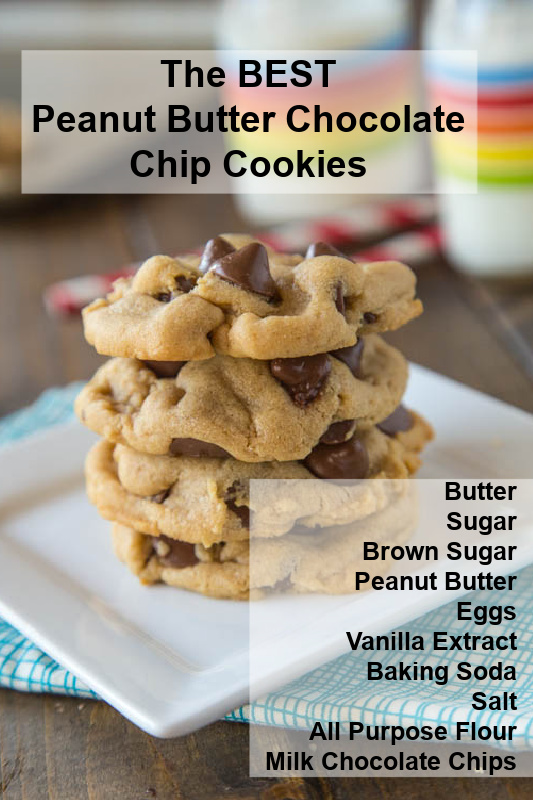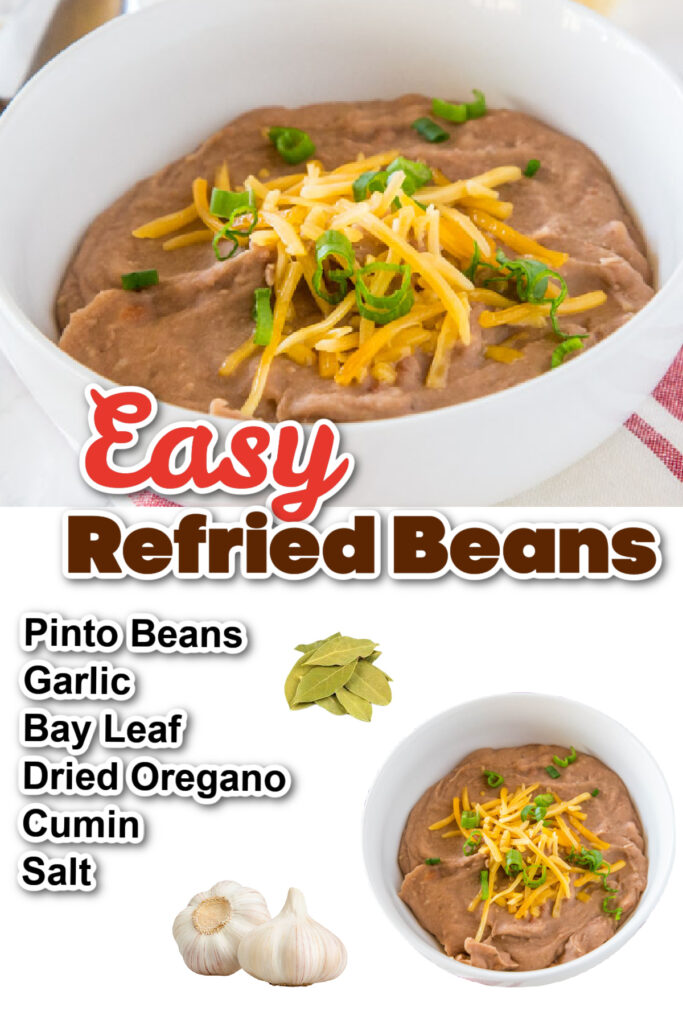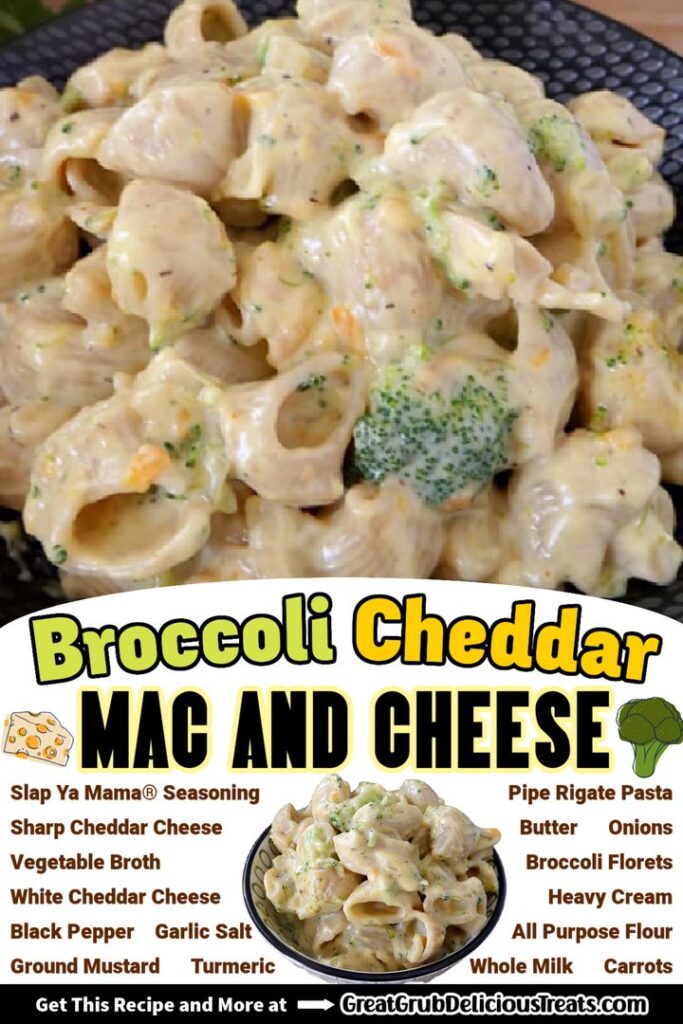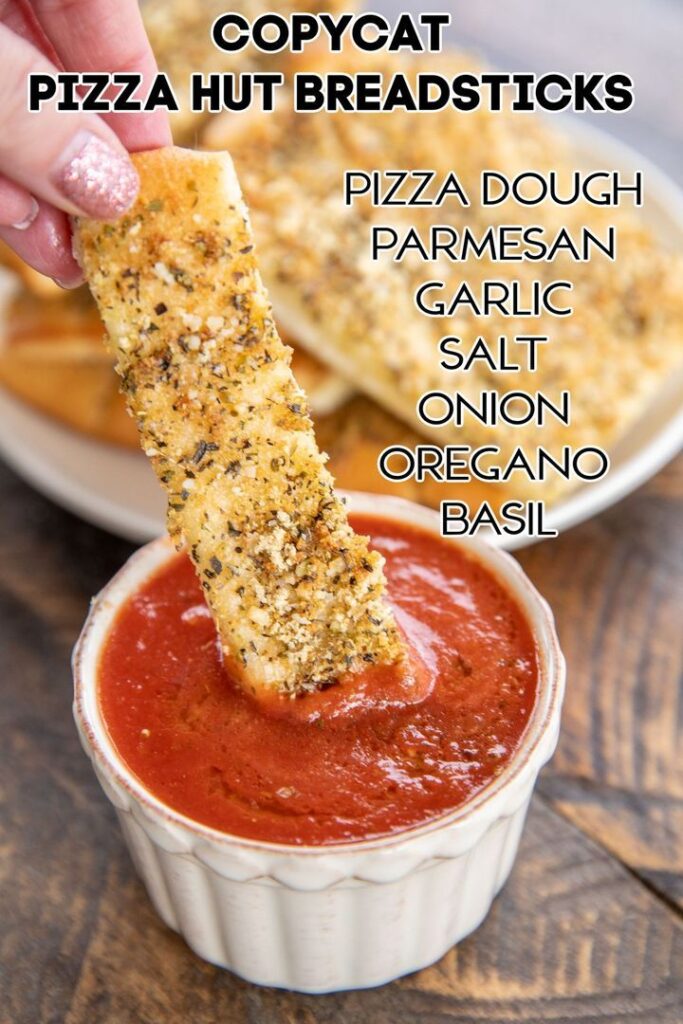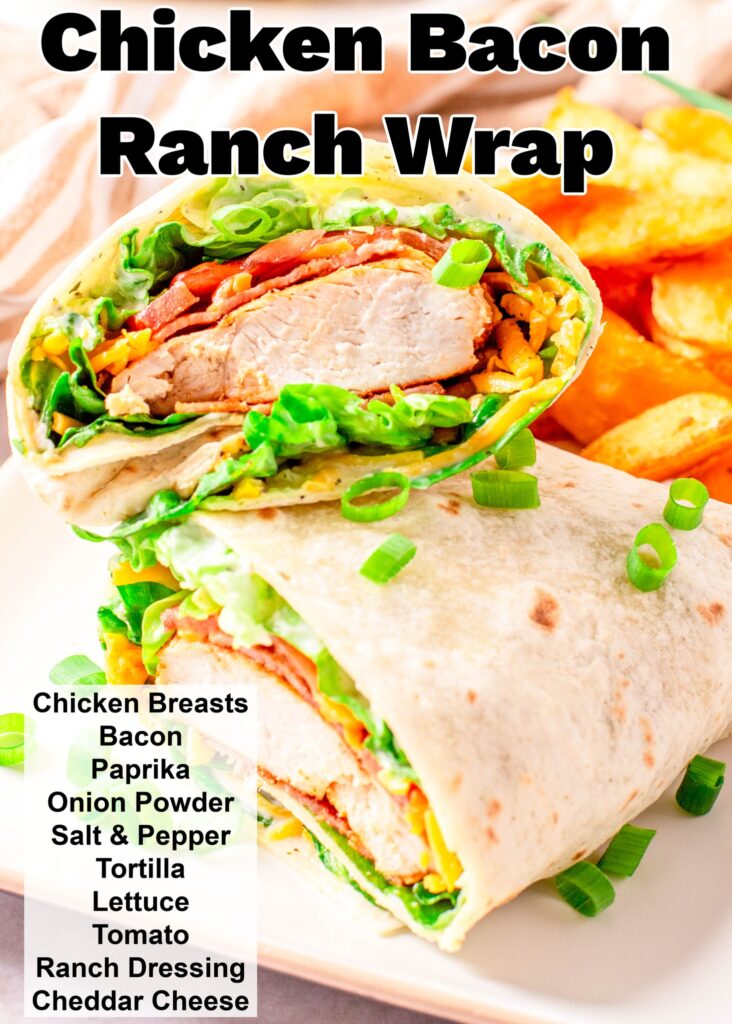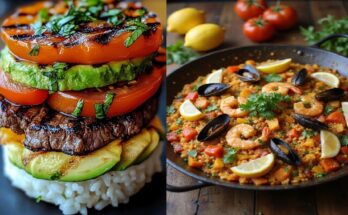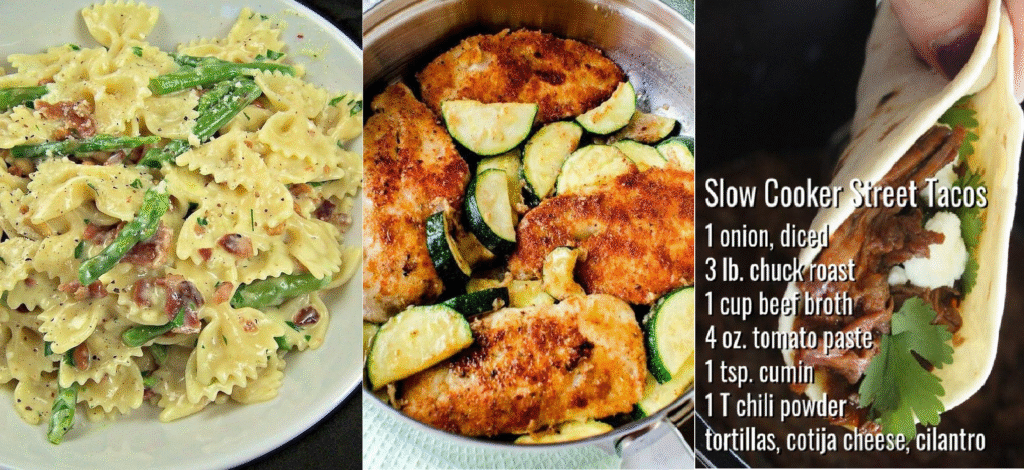
There’s a reason people reach for mac and cheese after a bad day, why we crave soup when we’re sick, and why the smell of something baking can instantly feel like a warm embrace. Comfort food isn’t just about calories—it’s about comfort, connection, and that intangible “something” that soothes us from the inside out.
In every culture and kitchen, there are dishes that go beyond sustenance. They become therapy, nostalgia, tradition, and yes—sometimes the closest thing to a hug without arms. But what is the secret sauce? What makes comfort food so… comforting? Is it the ingredients, the memories, the flavors, or something deeper?
Let’s dig in—plate by plate—into the world of comfort food, where every bite feels like home and the secret sauce is love (with a little butter).
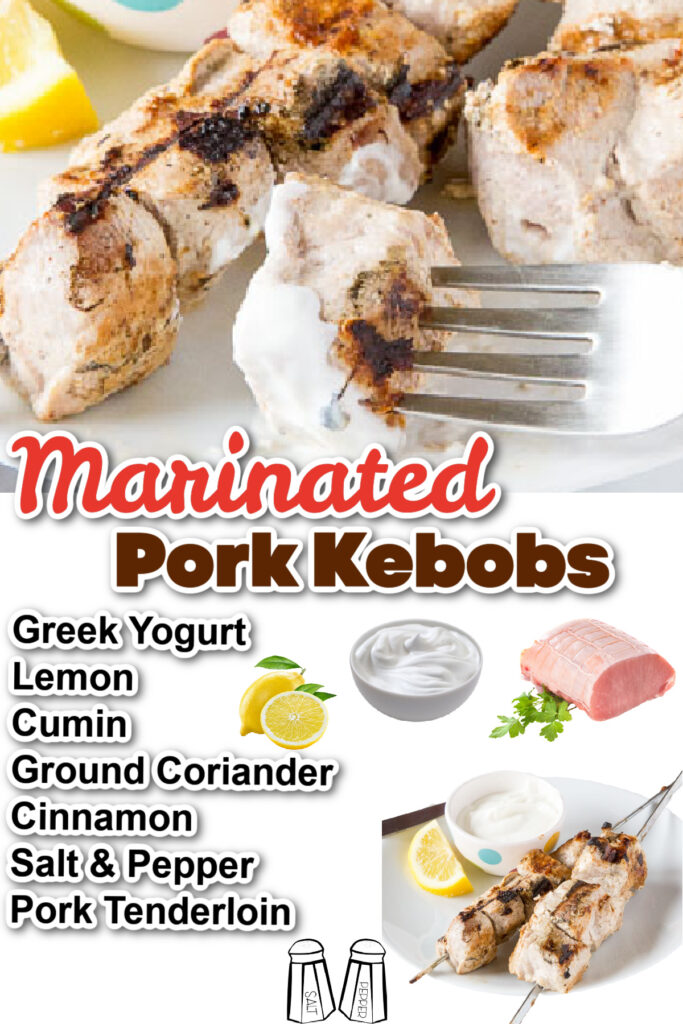
What Is Comfort Food, Really?
Comfort food is personal. For some, it’s a bowl of spaghetti with meatballs; for others, it’s a spicy bowl of chili, fluffy pancakes, or a creamy risotto. These foods aren’t always fancy—they’re familiar. They remind us of someone we love or a moment we cherished.
And it turns out, there’s science behind it. Studies show that comfort foods activate reward centers in the brain. They’re associated with emotional memories and often tied to childhood, family gatherings, or care from someone close.
In short: comfort food is food with a story.
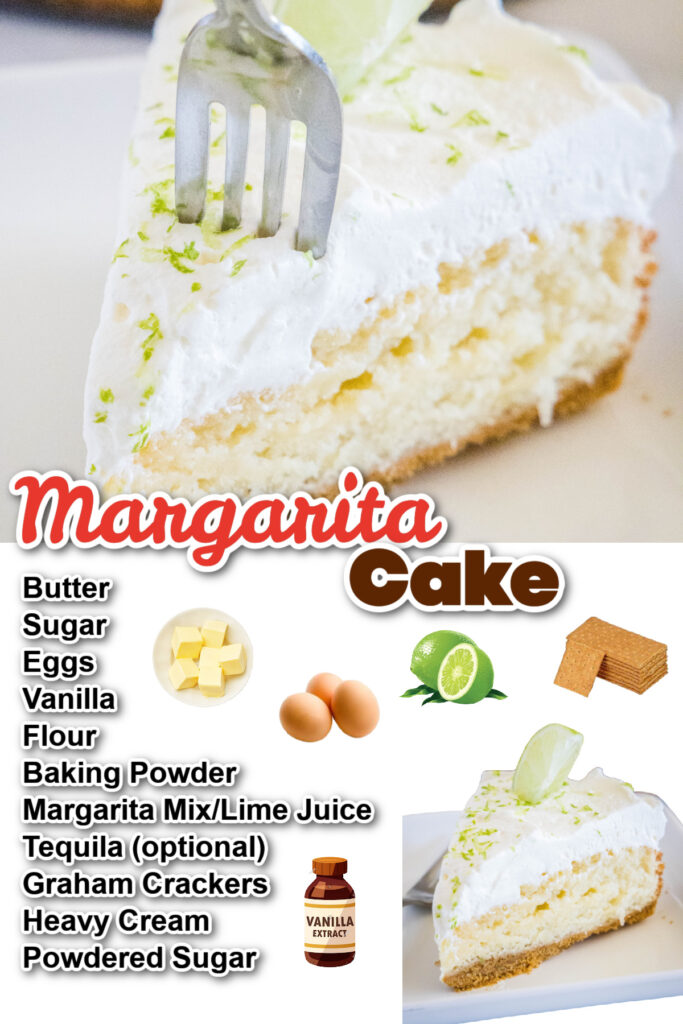
The Ingredients of Emotional Nourishment
So what’s in this “secret sauce” of comfort food?
1. Nostalgia
Many comfort foods are tied to memories. Maybe it’s your grandmother’s lasagna, your dad’s weekend pancakes, or that one soup your mom made when you were sick.
These dishes do more than fill your belly—they transport you back to moments where you felt safe, loved, and cared for.
2. Texture
Comfort food often has specific textures: creamy mashed potatoes, crispy fried chicken, oozy grilled cheese. These textures elicit a tactile pleasure that enhances the eating experience.
Soft, warm, melty foods feel physically comforting—like a culinary weighted blanket.
3. Simplicity
Comfort food isn’t fussy. It doesn’t need foams or emulsions or microgreens. Its charm lies in its straightforwardness: pasta, stew, bread, cheese, butter.
It’s approachable, familiar, and unfailingly delicious.
4. Warmth
Temperature matters. Warm meals create a physiological sensation of comfort—raising your core temperature and calming your nervous system. Cold foods rarely make the “comfort” list.

Top Comfort Foods That Hug You Back
Let’s take a tour of some of America’s most beloved comfort dishes—and examine what makes them so soul-soothing.

1. Macaroni and Cheese
This cheesy icon is the gold standard of comfort food. Whether it’s from a blue box or homemade with three kinds of cheese and a breadcrumb topping, mac and cheese wraps you in warmth and carbs.
The hug factor: Gooey, creamy, and endlessly nostalgic. It’s like the food equivalent of childhood.
Modern twist: Try a grown-up version with sharp white cheddar, a dash of truffle oil, or add sautéed mushrooms and spinach.
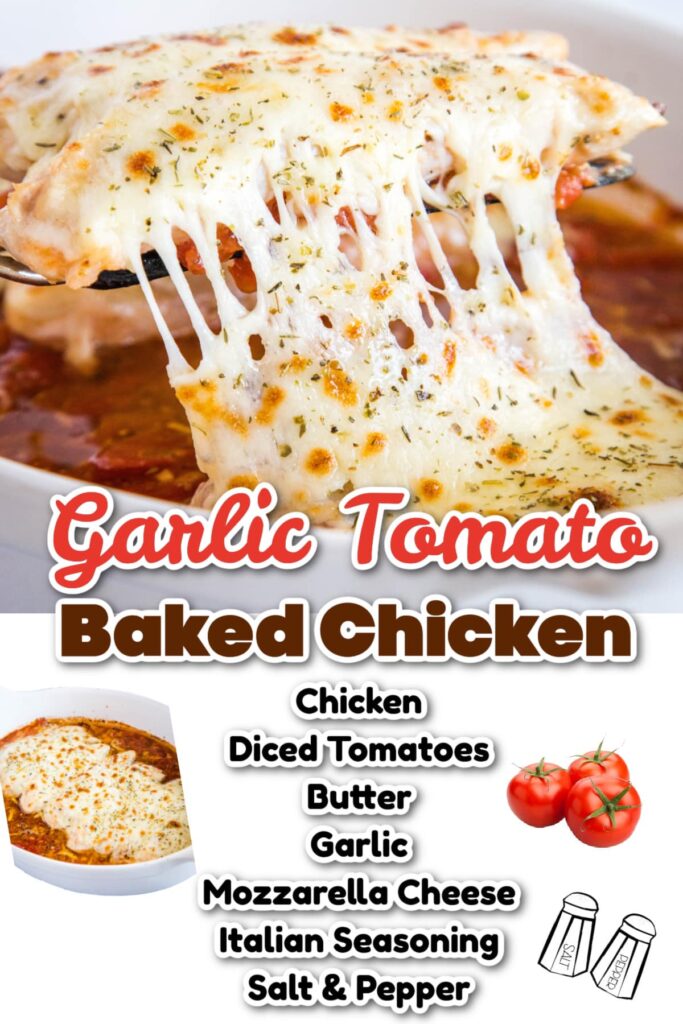
2. Chicken Noodle Soup
Dubbed “Jewish penicillin,” chicken noodle soup is the go-to for sick days, snow days, and emotionally rough days. There’s something medicinal in the slow-simmered broth, tender chicken, and soft noodles.
The hug factor: It’s literal warmth in a bowl and feels like being taken care of.
Modern twist: Try it with ramen noodles, add ginger and garlic, or use bone broth for extra richness.

3. Pot Roast
Slow-cooked pot roast is a Sunday dinner staple that tastes like tradition. The meat falls apart with a fork, the potatoes are buttery, and the gravy is a flavor bomb.
The hug factor: The kind of meal that says “you’re home now.”
Modern twist: Add a splash of balsamic vinegar or red wine, and throw in some roasted garlic for depth.
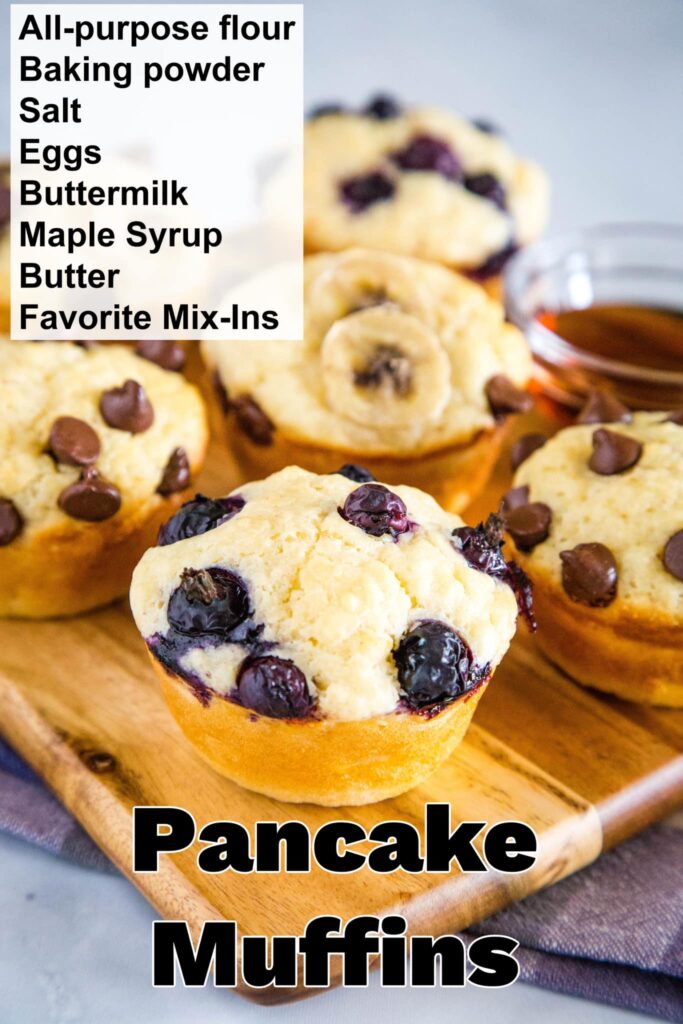
4. Pancakes and Syrup
Pancakes don’t just belong to breakfast. They’re a celebration of slow mornings, weekend rituals, and sweet indulgence.
The hug factor: Fluffy, warm, and always ready to soak up syrup, they scream comfort with every forkful.
Modern twist: Try them with cinnamon apples, ricotta, or chocolate chips—and don’t forget a pat of butter on top.
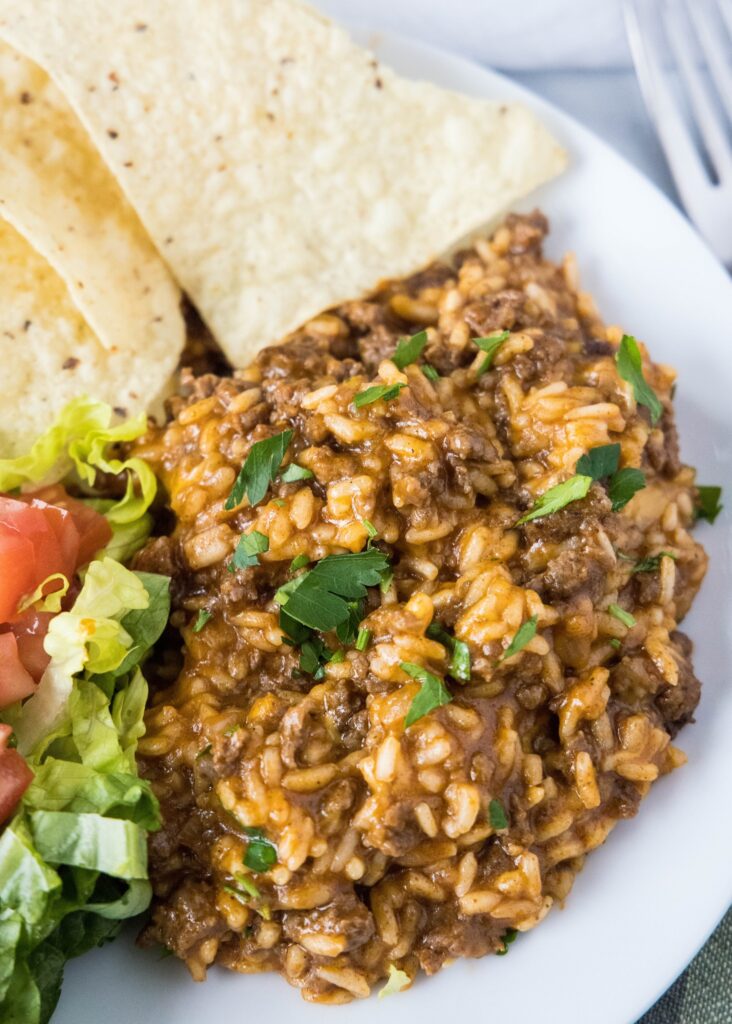
5. Chili and Cornbread
Chili is hearty, spicy, and built to satisfy. Whether it’s loaded with beans, beef, or veggies, it’s best served steaming hot with a side of cornbread.
The hug factor: Spices warm your body, while the deep, smoky flavors settle your soul.
Modern twist: Add chipotle for smokiness, top with avocado and cheese, or serve in a bread bowl.
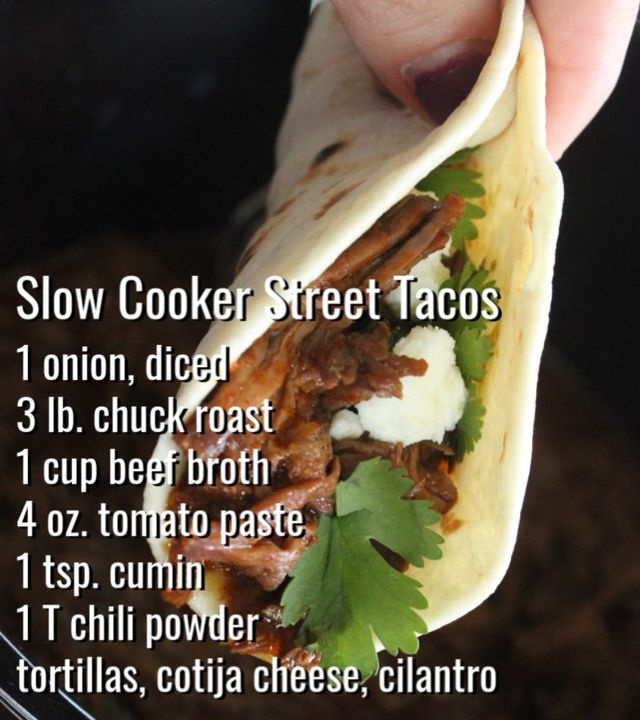
6. Fried Chicken
Crispy on the outside, juicy on the inside—fried chicken is an indulgent comfort food that transcends regions.
The hug factor: That crunch is a sensory delight, and the flavor is irresistible.
Modern twist: Marinate in buttermilk with herbs, or try Korean-style double-fried with spicy glaze.

7. Baked Ziti or Lasagna
Bubbly cheese, rich tomato sauce, and pasta all layered into a hot, savory casserole? Sign us up.
The hug factor: It’s cheesy, it’s carby, it’s covered in sauce—it’s love, baked at 375°.
Modern twist: Try a vegetarian version with roasted eggplant and mushrooms, or a white sauce version with spinach and ricotta.
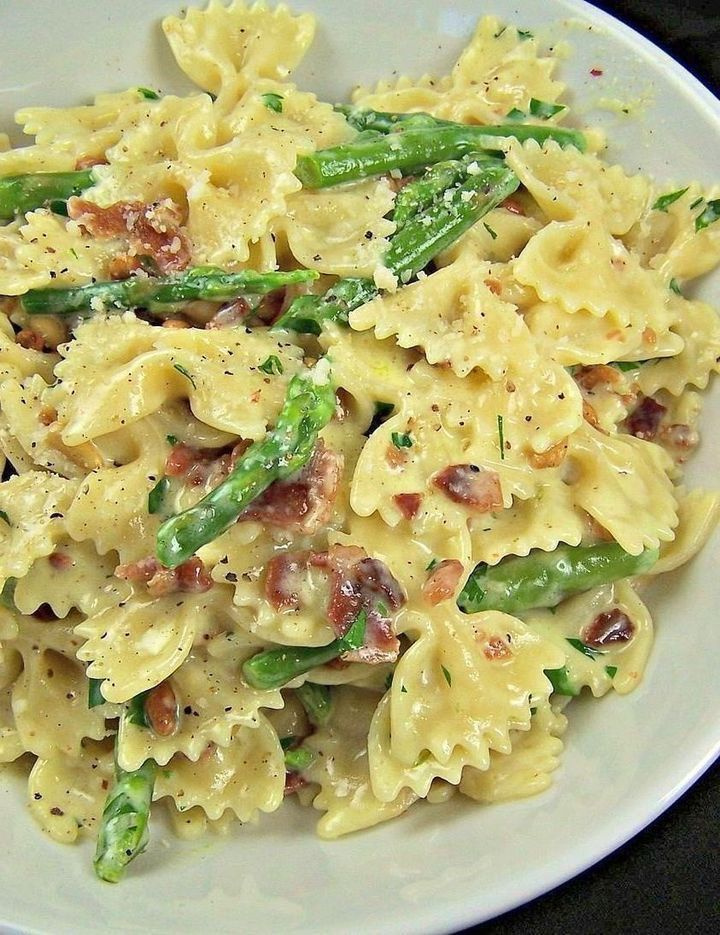
8. Mashed Potatoes and Gravy
A creamy mound of mashed potatoes can make even a mediocre meal feel comforting. Add gravy, and you’ve reached peak cozy.
The hug factor: It’s soft, it’s buttery, and it pairs perfectly with nearly everything.
Modern twist: Mash in roasted garlic, sour cream, or try cauliflower mash for a lighter version.
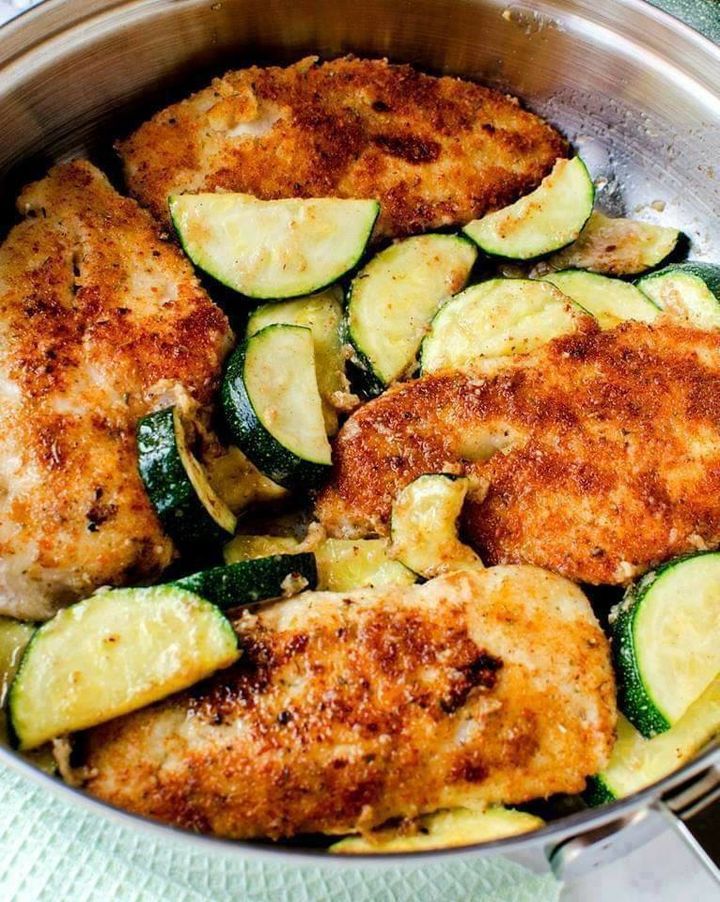
9. Grilled Cheese and Tomato Soup
Nothing says “I need a break from life” like a grilled cheese dunked in tomato soup. It’s fast, nostalgic, and always hits the spot.
The hug factor: Gooey cheese and tangy soup are a match made in comfort heaven.
Modern twist: Use sourdough, add brie or smoked cheddar, and toss in fresh basil to the soup.
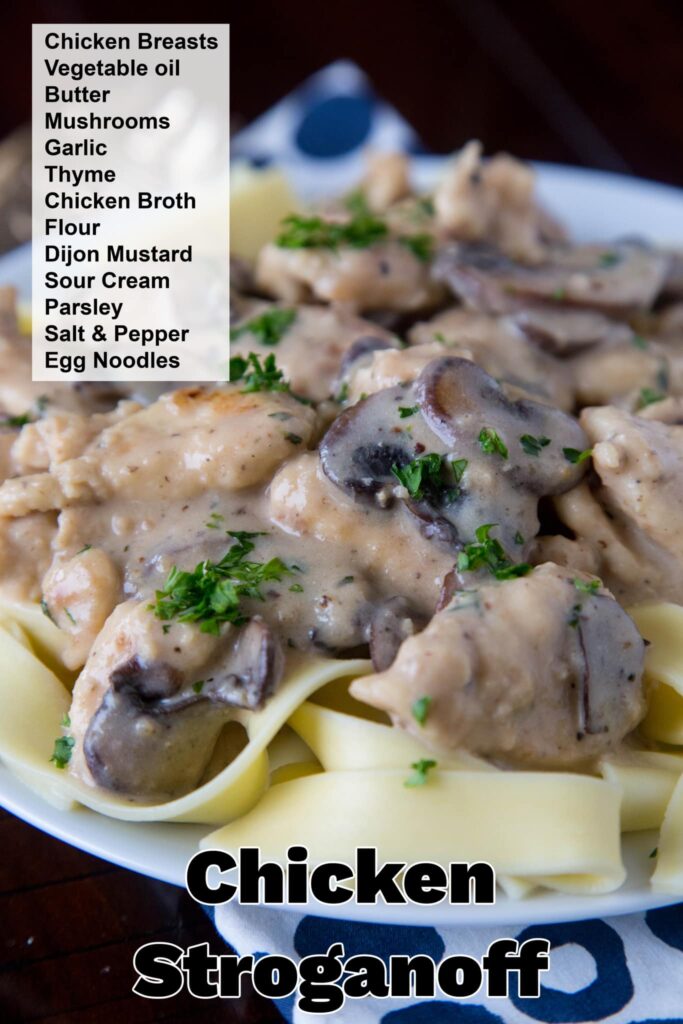
10. Banana Bread
Banana bread rose to stardom during lockdowns, but its charm goes way back. Sweet, moist, and loaded with nostalgia, it doubles as breakfast or dessert.
The hug factor: It smells like home and tastes like a warm memory.
Modern twist: Add walnuts, chocolate chips, or a cinnamon crumble topping.
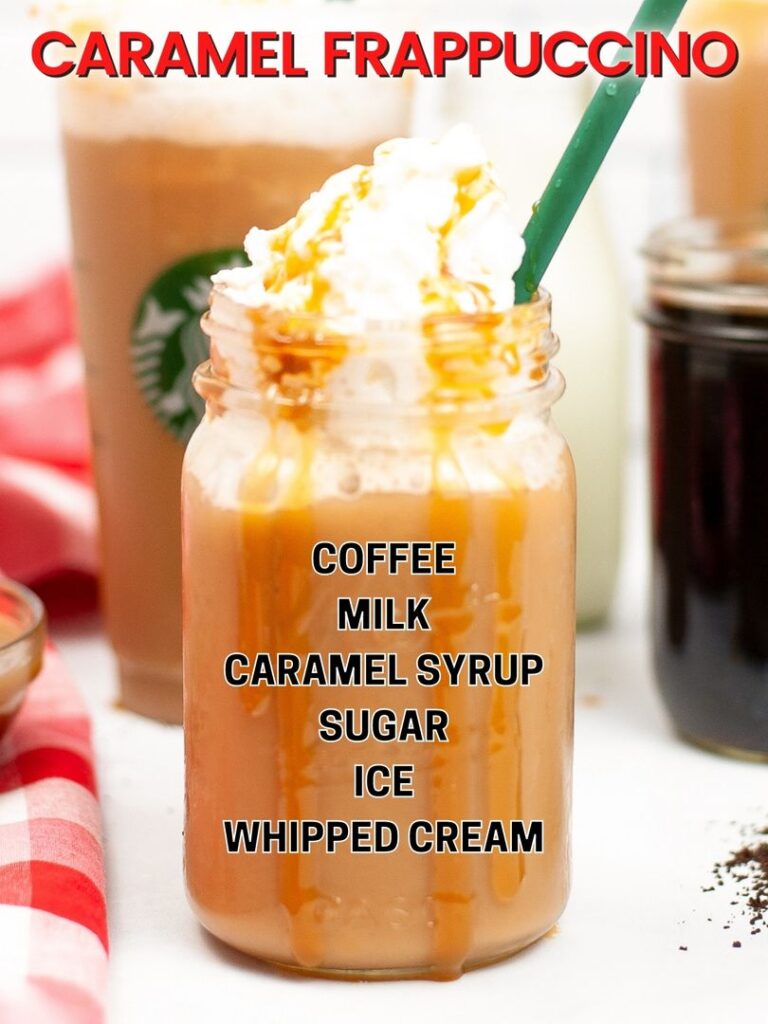
Comfort Food in the Time of Chaos
In uncertain times, we turn to what’s familiar. During the pandemic, sales of flour, pasta, and canned soup skyrocketed. People baked more, simmered stews, and recreated family recipes. Why? Because cooking comfort food gave us control, connection, and comfort when the world felt upside down.
Even now, in busy, hyper-connected lives, comfort food remains our culinary anchor. It slows us down, grounds us, and reminds us that we are not alone.
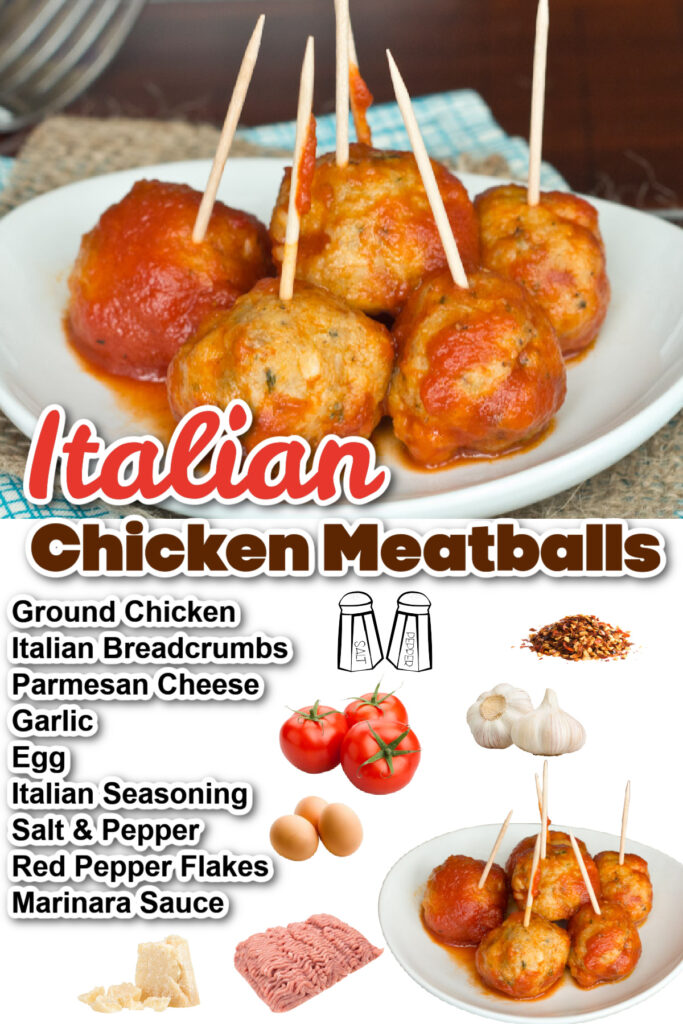
Comfort Food for the Soul—Not Just the Stomach
True comfort food doesn’t need to be heavy or unhealthy. It’s about emotional satisfaction, not just physical fullness.
Here’s how to create your own “hug in a bowl” experience:
- Cook mindfully: Take your time. Let things simmer. Let the aroma build.
- Use familiar flavors: The goal is familiarity, not fancy.
- Add personal meaning: Use Grandma’s pie plate, your favorite mug, or a family recipe.
- Make it shareable: Comfort multiplies when shared with others.

Final Thoughts: The Secret Sauce Is You
The real secret sauce in comfort food isn’t butter, or cheese, or gravy. It’s memory. It’s tradition. It’s intention.
Comfort food hugs you back because it carries the love and stories of generations. Whether you’re spooning soup from a thermos on a lunch break or simmering sauce in your grandma’s Dutch oven, you’re continuing a legacy of care.
So next time you’re feeling the weight of the world, don’t just eat—nourish. Let your meal be a reminder that you’re loved, held, and home.
Because the secret sauce, dear reader, is you.
